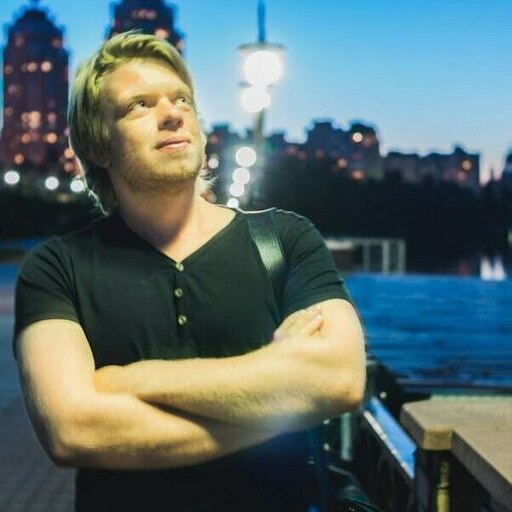Inspirational and useful selection – how to draw people and body parts.
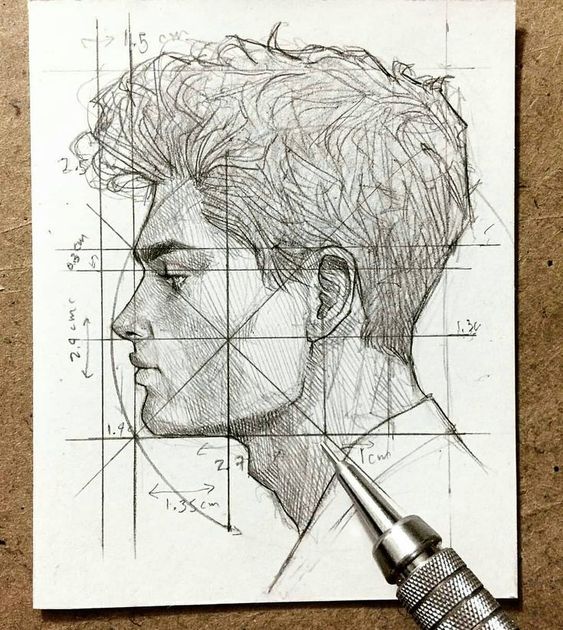
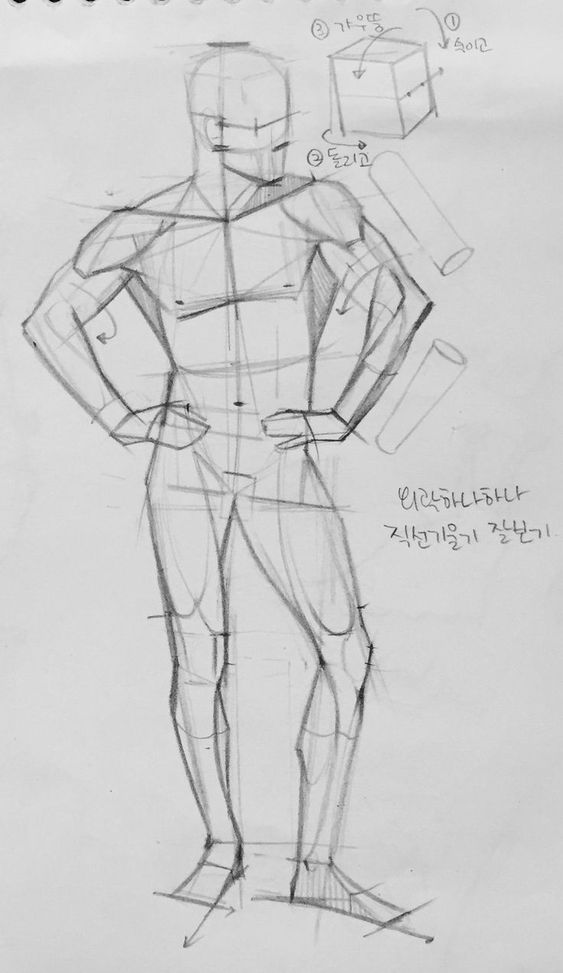
Drawing people captures the essence of humanity through line, form, and expression. This fundamental artistic skill combines technical knowledge of anatomy with observational abilities to convey not just physical likeness, but emotion and character. Beginning with basic proportions and gesture drawings, artists develop their craft through consistent practice, gradually mastering the subtleties of facial features, body language, and the play of light across skin.
Whether creating realistic portraits or stylized interpretations, drawing people connects us to our shared experience, challenging artists to see beyond surface appearances and reveal the spirit within. The journey of learning to draw people is both technical and deeply intuitive—a lifelong exploration of what makes us human.
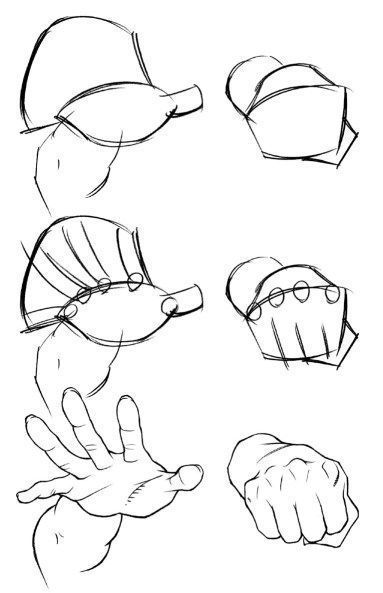

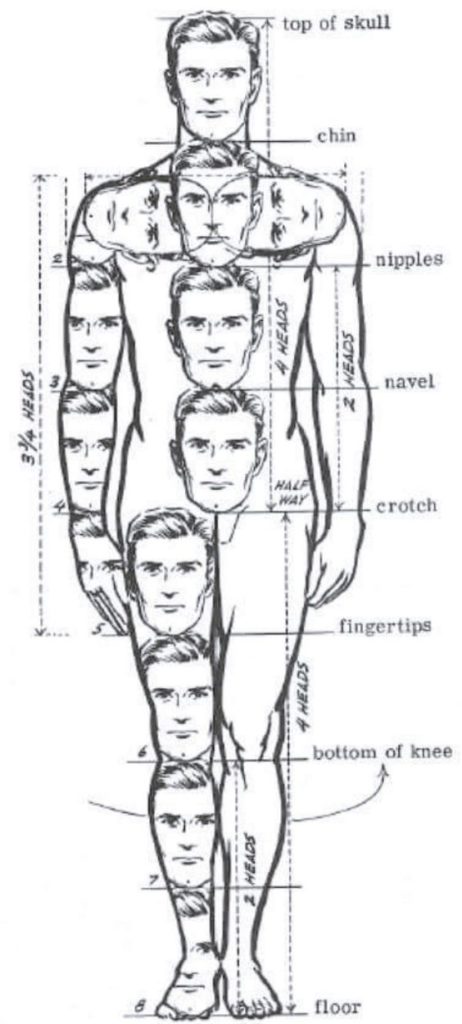


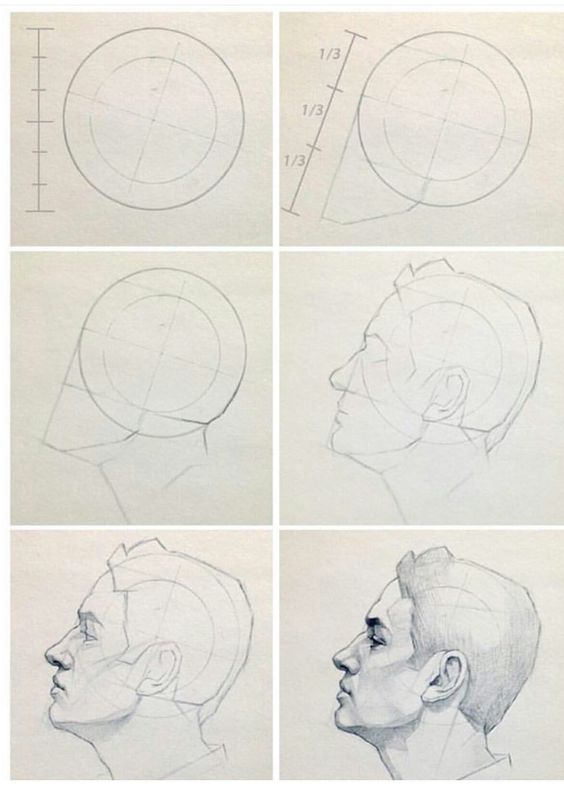

how to draw people – sketches
The art of drawing people extends beyond mere representation to become a profound study of the human condition. Artists develop a visual vocabulary that interprets the complexity of posture, movement, and emotional states through careful observation and practice. Each line choice—whether bold and definitive or delicate and suggestive—reveals the artist’s unique perspective and relationship with their subject.
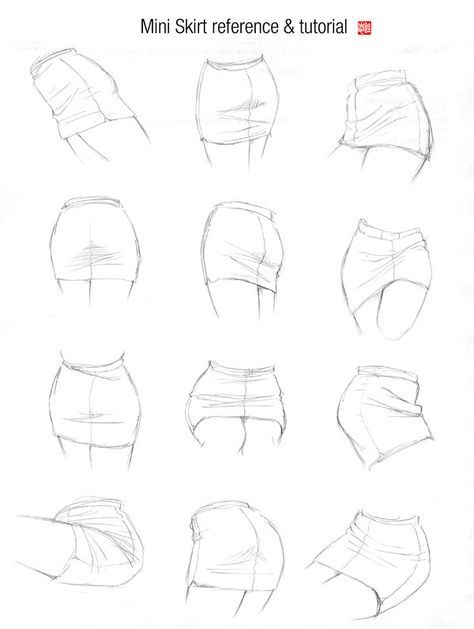
Mastering this craft requires understanding the underlying structure of the human form: the skeletal framework that supports movement, the muscular systems that create dynamic tension, and the proportional relationships that vary across age, gender, and body type. Yet technical knowledge alone isn’t sufficient; capturing someone’s essence demands empathy and perception—the ability to see beyond physical appearance to the character within.

The most compelling figure drawings often emerge from the balance between accuracy and expression, between what is observed and what is felt. Through consistent practice and experimentation with different media—from the precision of graphite to the expressive quality of charcoal or ink—artists develop both confidence and personal style. This journey transforms not only how we draw people, but how we see and understand each other as living, breathing, feeling beings sharing a common humanity.


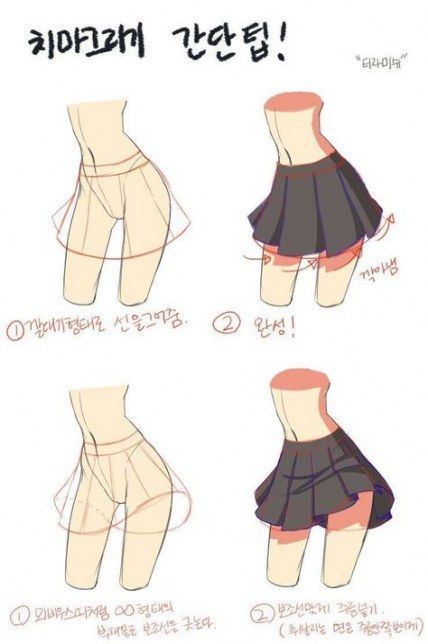

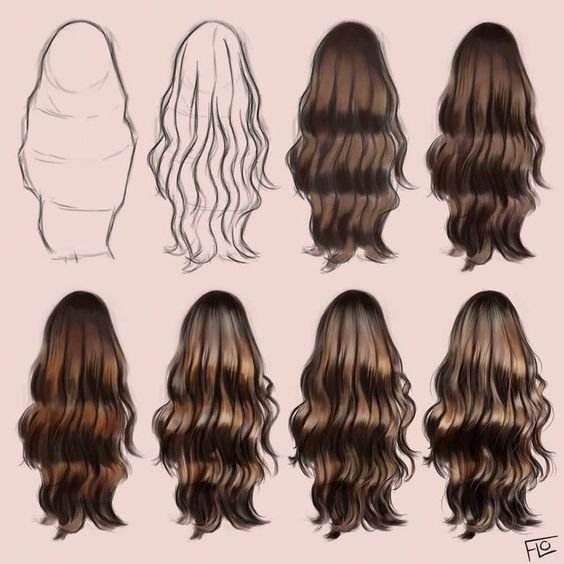
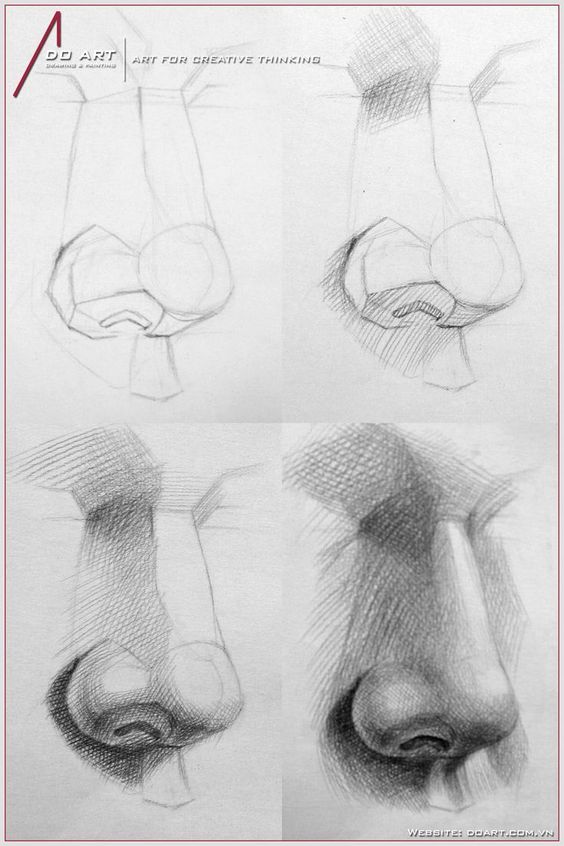

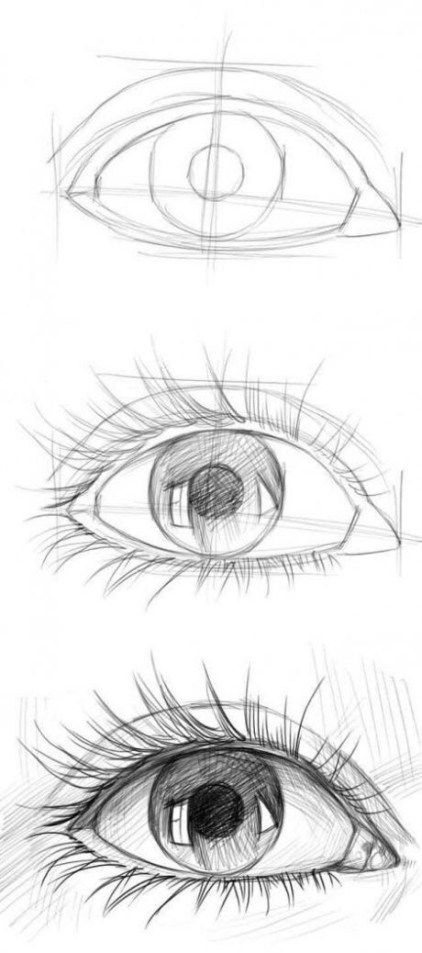
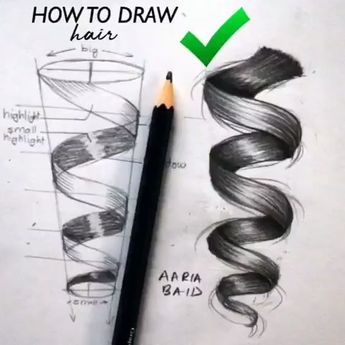
The practice of drawing people also serves as a mirror reflecting cultural perspectives and evolving artistic movements throughout history. From the idealized proportions of classical Greek sculpture to the emotional expressionism of Egon Schiele, how we represent the human form reveals our collective values and preoccupations. Modern approaches incorporate diverse body types and cultural identities, challenging conventional beauty standards and expanding representation in visual art.

For beginners, learning to draw people often begins with forgiving exercises like blind contour drawing or quick gesture sketches that prioritize observation over perfection. These foundation practices train the eye to see shapes and relationships rather than symbols—moving beyond drawing what we think we know about human anatomy to drawing what we actually observe. This shift in perception represents one of the most significant breakthroughs in artistic development.

The psychological dimension of figure drawing adds another layer of complexity. Drawing strangers, loved ones, or ourselves each presents unique challenges and rewards. Self-portraiture becomes a profound act of self-examination, while drawing others requires navigating the intimate exchange between observer and subject. Many artists describe entering a flow state during focused drawing sessions—a meditative connection between hand, eye, and mind that transcends technical concerns.
Digital tools have revolutionized figure drawing practices, offering everything from infinite undos to sophisticated brushes that simulate traditional media. Online communities provide reference resources and supportive critique, democratizing access to learning opportunities once limited to formal art education. Yet regardless of medium or method, the fundamental challenge remains: translating the living, breathing complexity of human beings into meaningful marks that communicate across time and space.
- 274.7Kshares
- Facebook0
- Pinterest274.7K
- Twitter0
